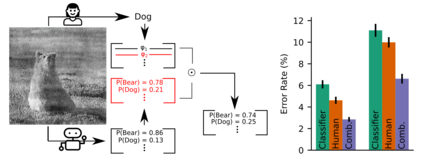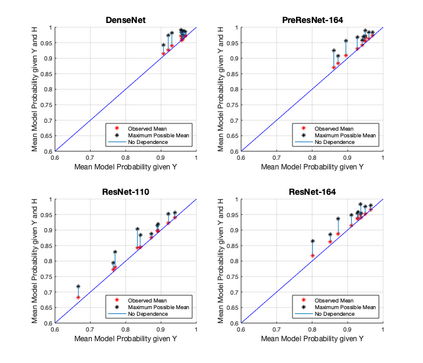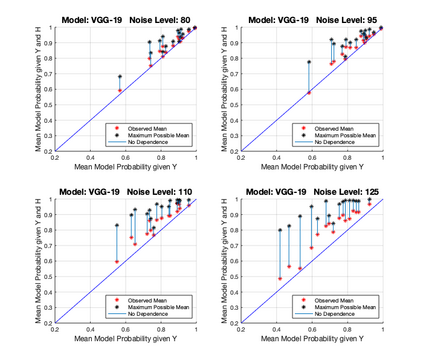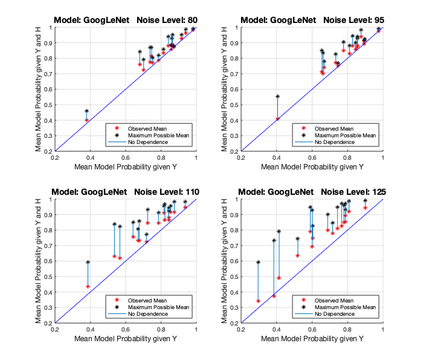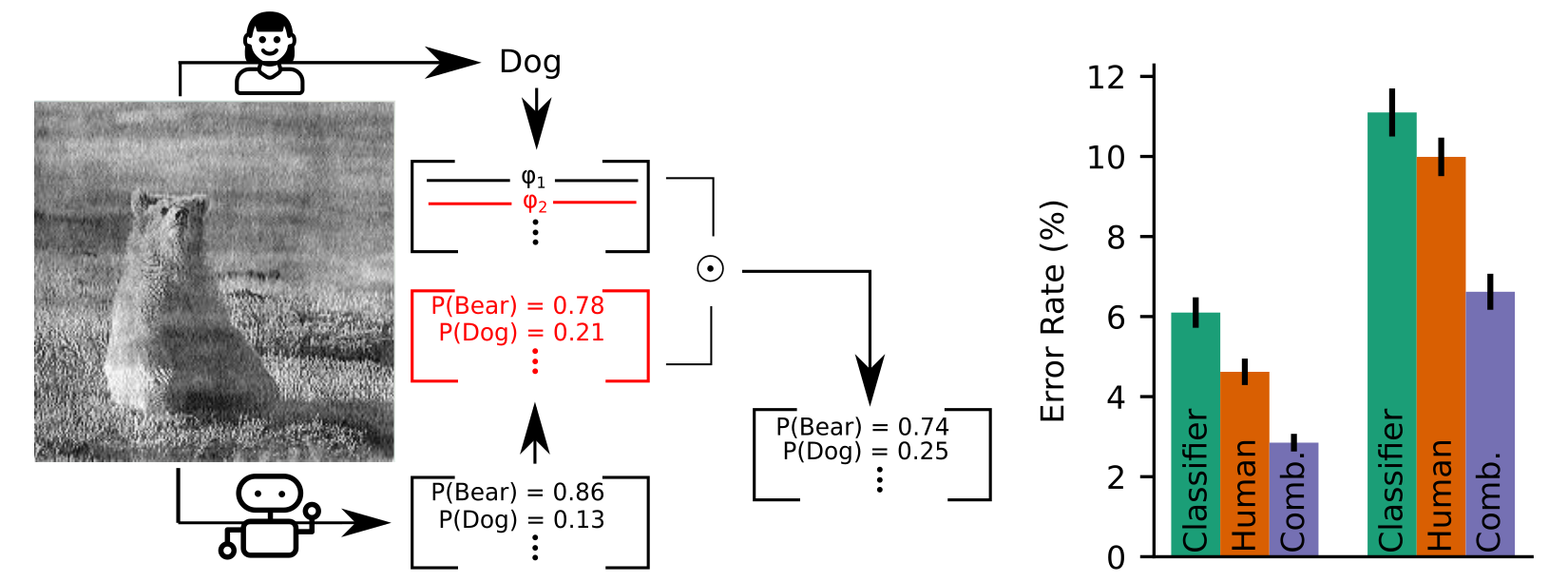An increasingly common use case for machine learning models is augmenting the abilities of human decision makers. For classification tasks where neither the human or model are perfectly accurate, a key step in obtaining high performance is combining their individual predictions in a manner that leverages their relative strengths. In this work, we develop a set of algorithms that combine the probabilistic output of a model with the class-level output of a human. We show theoretically that the accuracy of our combination model is driven not only by the individual human and model accuracies, but also by the model's confidence. Empirical results on image classification with CIFAR-10 and a subset of ImageNet demonstrate that such human-model combinations consistently have higher accuracies than the model or human alone, and that the parameters of the combination method can be estimated effectively with as few as ten labeled datapoints.
翻译:机器学习模型日益常用的一个案例是提高人类决策者的能力。对于人类或模型都不完全准确的分类任务,获得高性能的一个关键步骤是以利用其相对优势的方式结合个人预测。在这项工作中,我们开发了一套算法,将模型的概率输出与人类的等级输出结合起来。我们从理论上表明,我们的组合模型的准确性不仅取决于个人和模型的精度,而且也取决于模型的自信。关于图像分类的经验性结果与CIFAR-10和图像网络的一个子集表明,这种人类模型组合始终具有比模型或人类本身更高的灵巧性,而且组合方法的参数可以有效估计,只有10个标记的数据点。

